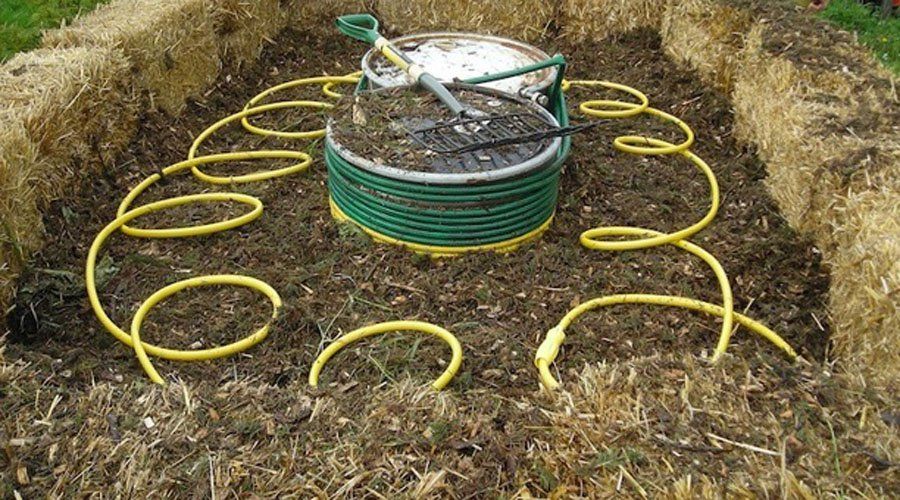Hedges
I See Electromagnetic Fields!
- Joined
- Mar 28, 2020
- Messages
- 20,617
True, but my 6kW 95% efficient inverter is only a 300W heater. It could deliver 6000W to resistance or heat-pump.
DC direct and solar thermal will have their applications, but water heating is an afterthought for most home users. So electric, even resistance, makes sense. Space heating could be a major application, too bad so little sun in the winter.
An off-grid system would ideally have surplus PV at least in summer, so water heater as dump load (AC or DC) is a no-brainer. I would prefer variable load rather than cycling batteries.
There are some DC water heater controllers that drive PWM (accomplishing PV MPPT into a resistive load), with pulsed DC so thermostats should work fine.
DC direct and solar thermal will have their applications, but water heating is an afterthought for most home users. So electric, even resistance, makes sense. Space heating could be a major application, too bad so little sun in the winter.
An off-grid system would ideally have surplus PV at least in summer, so water heater as dump load (AC or DC) is a no-brainer. I would prefer variable load rather than cycling batteries.
There are some DC water heater controllers that drive PWM (accomplishing PV MPPT into a resistive load), with pulsed DC so thermostats should work fine.





